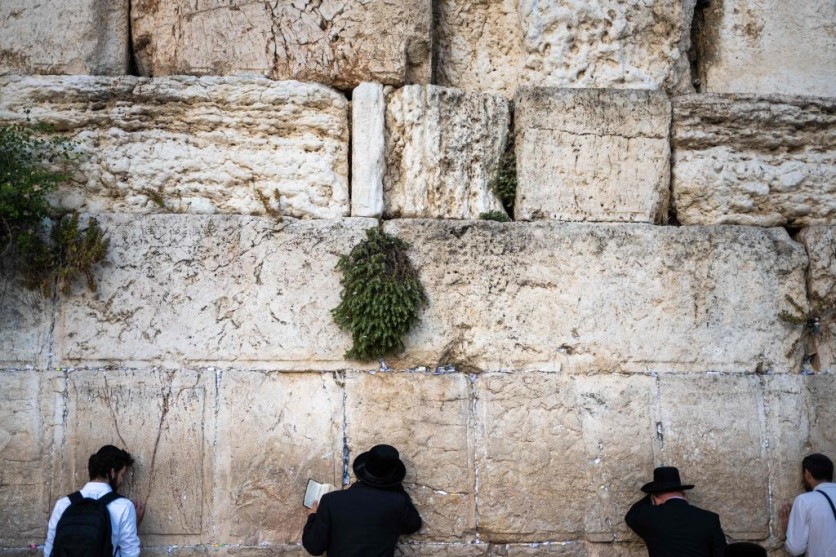A mobile phone application has reconstructed the historic Moroccan quarter of Jerusalem's Old City more than 55 years after its demolition, according to a report by AFP.
The new app provides a unique and immersive 3D experience, allowing users to explore the vibrant past of the Mughrabi quarter that once thrived near the Western Wall.

The Six-Day War
In 1967, Israeli forces seized East Jerusalem during the Six-Day War, resulting in the destruction of the neighborhood and subsequent annexation, declared illegal by the United Nations.
The Mughrabi quarter, established by Saladin in 1187 to accommodate Muslim pilgrims from North Africa, was once a thriving community with approximately 1,000 residents. However, its vibrant existence was abruptly disrupted when Israeli bulldozers demolished over 100 buildings in a matter of hours.
This devastating act displaced the inhabitants and resulted in the loss of centuries of cultural heritage. Today, the former neighborhood has transformed into a plaza adjacent to one of the holiest sites in Judaism.
French historian Vincent Lemire joined forces with Italy's University of Modena and Reggio Emilia to create a mobile application. This innovative app provides visitors a virtual journey through the meticulously reconstructed Mughrabi quarter.
It offers users the opportunity to meander through its narrow alleyways, explore the mosques, schools, and courtyards, and delve into the captivating history of the Maghrebi quarter.
Through an immersive and interactive experience, the app brings to life the rich tapestry of this once-thriving community.
Lemire, who recently wrote a book on the neighborhood, emphasizes that the 3D technology enhances accessibility, reaching a wider audience beyond academic circles.
He believes that making the history of this quarter more accessible is crucial, given its often overlooked significance.
"We Will Never Forget"
During the app's launch press conference, Ashraf al-Jandoubi al-Mughrabi, a descendant of Tunisian residents of the quarter, expressed the enduring connection of the community, saying, "We will never forget our belonging to this district."
Lemire explains that the Mughrabi quarter serves as a compelling representation of Jerusalem's diverse and inclusive history, countering the simplistic narrative that dominates the city's present-day discourse.
He asserts that the dichotomy overshadowing the city neglects the multifaceted stories that have unfolded throughout its existence.
In January 2023, archaeological excavations conducted by Israeli experts unveiled the remnants of the neighborhood. However, concerns regarding the preservation of these valuable ruins arose when they were subsequently reinterred.
As part of a broader initiative called "Open Jerusalem," a collaborative endeavor involving 60 researchers, the 3D reconstruction of the Mughrabi quarter has been undertaken. This ambitious project aims to revive the neighborhood's vibrant history and is complemented by the publication of an extensive online archive.
The archive, available in 12 different languages, comprises approximately 40,000 documents that meticulously document the captivating history of Jerusalem.
Through the integration of the cutting-edge mobile app and the comprehensive "Open Jerusalem" undertaking, endeavors are being made to resurrect the glorious past of the Moroccan quarter.
This interactive platform allows visitors to embark on a virtual journey, providing an immersive experience of the quarter's remarkable cultural heritage.
By engaging with this digital reconstruction, individuals can gain a deeper insight into Jerusalem's complex and multifaceted history, fostering a greater appreciation for the significance of the Mughrabi quarter and its place within the city's narrative.
Related Article : 3,000-Year-Old Mummy Uncovered at Lima Trash Dump Site; What Does it Say About Ancient Peru?


![Apple Watch Series 10 [GPS 42mm]](https://d.techtimes.com/en/full/453899/apple-watch-series-10-gps-42mm.jpg?w=184&h=103&f=9fb3c2ea2db928c663d1d2eadbcb3e52)


